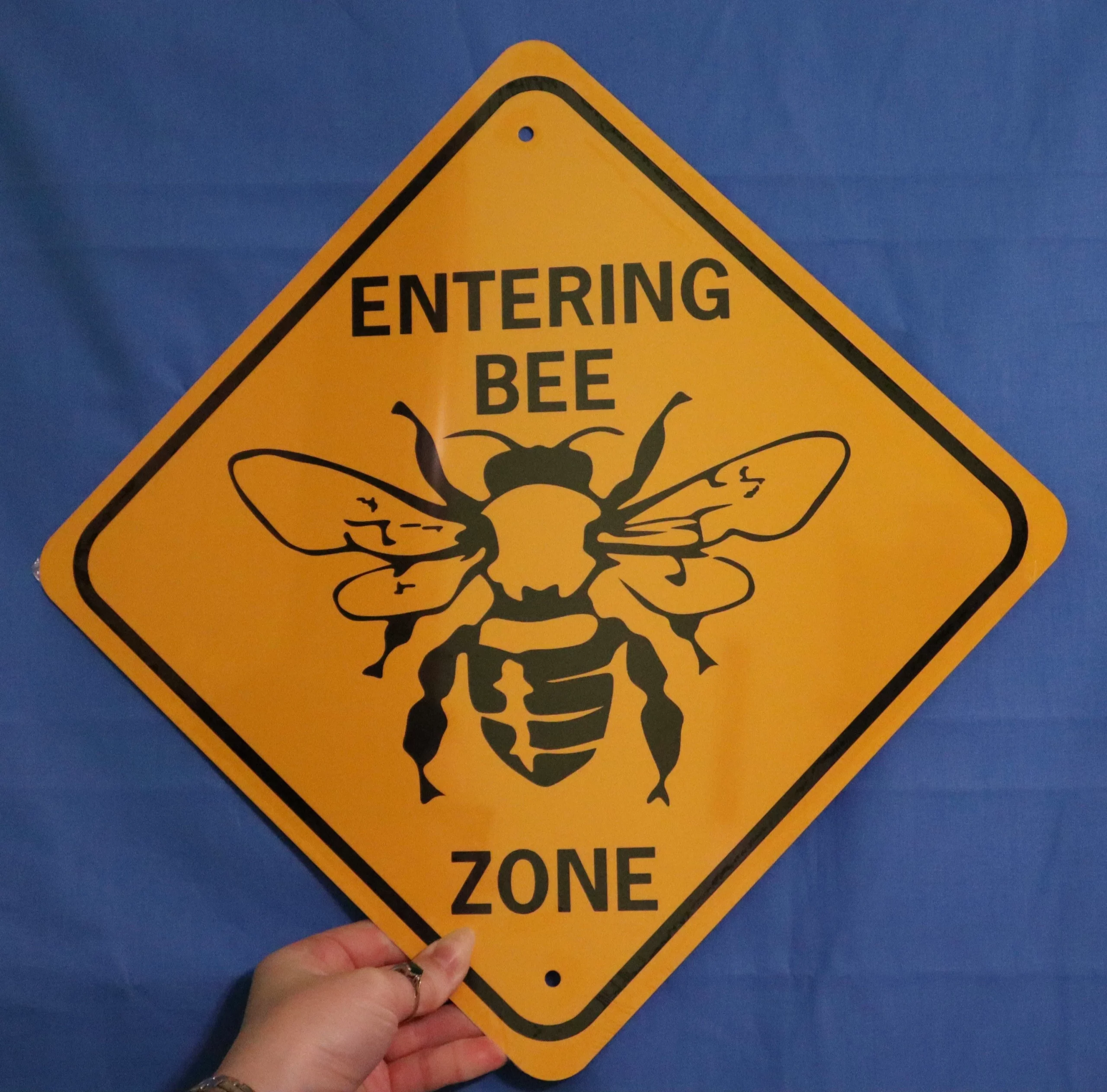



Article by: Hari Yellina
Authorities in NSW have found the parasite in three additional areas and created another biosecurity zone as they race to stop the spread of the deadly varroa mite that is endangering the bee industry. Through contact tracing, a total of seven infested locations have already been found, including the initial finding at sentinel hives close to the Port of Newcastle last week. On the NSW Mid North Coast, near Bulahdelah, according to NSW Minister for Agriculture Dugald Saunders, a new eradication zone has been established. To quickly stop the new entry and prevent future spread, he explained, “a new 10 km eradication zone, 25 km for surveillance, and an enlarged 50 km biosecurity zone have been introduced.
“Critically, this case is directly connected to a previously identified property, demonstrating that the Department of Primary Industries’ early and effective response is effective.” The growth of the biosecurity zones, according to Mr. Saunders, is nothing to be concerned about. Newcastle and Seaham are home to the other two new cases discovered on Tuesday. The removal of what is anticipated to be hundreds more bee hives in the area of Newcastle and Bulahdelah in New South Wales will now take place in the coming days. After the fatal varroa mite was discovered at hives close to the Port of Newcastle last week, an emergency order restricting the movement of bees in the state is still in effect.
In a commercial hive located 10 kilometres away, a second discovery was made. It is upsetting to learn that Ana Martin, owner of Amber Drop Honey on the mid-north coast, has about 40 hives in the Bulahdelah eradication zone. According to Ms. Martin, it’s not just the financial loss but also the sorrow of having to put the bees to death. “Beekeepers appear to be having some poor luck lately between the drought, fires, floods, and now varroa,” she states. According to Danny Le Feuvre, acting chief executive of the Australian Honey Bee Industry Council, officials are striving to locate and eliminate every colony inside the 10-kilometre eradication zones.
While the emergency injunction issued on Sunday prevents anyone in NSW from relocating their bees for six months, Mr. Le Feuvre claims he did not anticipate it to last that long. There will still be some restrictions in the Newcastle area even once that is lifted, which is anticipated to happen within a week or two, he told AAP. In NSW, the order has an impact on about 270,000 hives. There are really large and serious sanctions in place, even jail time, he added, adding that because the state is at a halt no one is allowed to move bees. “Since almond season is approaching, we’re making sure to work diligently early to try and create the perimeter and ensure that we have it contained before we hit almond pollination.”
At a state control centre and on the ground, hundreds of people are assisting with the bee emergency as part of ongoing efforts to find and monitor hives. To find out if the mites detected in NSW carry the malformed wing virus, urgent testing are being conducted. John Roberts, a hive pathogen expert at the Commonwealth Scientific and Industrial Research Organization (CSIRO), told AAP that the virus and mite frequently occur together and are a lethal combination. The mites weaken and eventually destroy colonies by feeding on the blood of adult and larval bees. If the mites are infected with the virus, they may spread it to the bees as they feed on their blood. Bees that are infected develop malformed wings, abdomens, and other issues.
According to Dr. Roberts, “If it’s just the feeding harm and not the virus damage as well, it’s much smaller impact than when they are acting together.” Since the virus poses an equally serious threat to human health as the mite does, it will be crucial to continue monitoring both at the same time. The testing is being carried out by the Elizabeth Macarthur Agricultural Institute with assistance from the CSIRO.